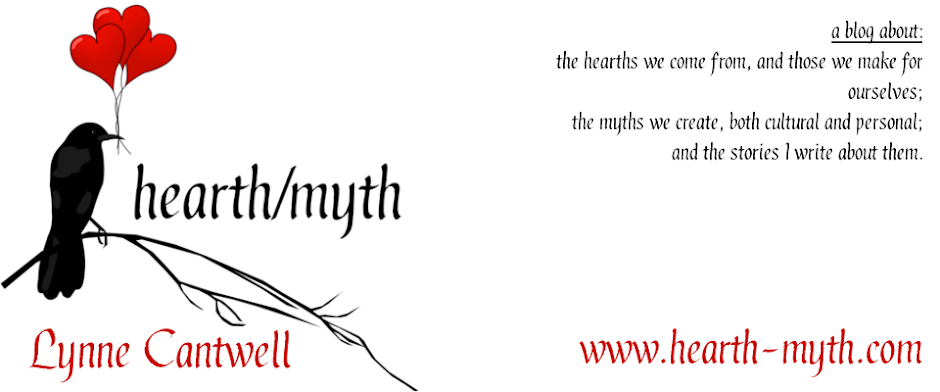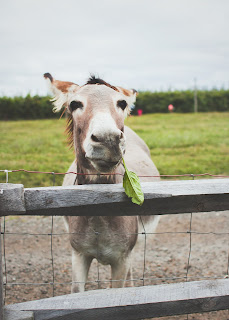There, I said it. And I apologize in advance to my friends who work in marketing, because the rest of this post is going to be about why this is so.
For starters, I came up through journalism. It's hard to believe now, but in those days journalists thought themselves above any involvement with filthy lucre. Yes, we did our jobs and got paid for them -- but we were supposed to be discerning about the topics we covered. If we were asked to write about a new store or a new product, it had better have something more interesting going on than just being new. It had to be unique, or very nearly so. The redevelopment of a decrepit retail block? We're in. A mac-and-cheese box whose perforated, thumb-sized "open here" button actually worked? We'd like to talk to the inventor. A product that would keep one's shoes from coming untied during the course of a day? We'd be all over that. (Am I the only grownup who has trouble with her shoes? Even if I double-knot my Keens, they untie themselves in a matter of hours.)
Anyway, the point is that we had standards against running stories that amounted to unpaid infomercials. (That's one big reason why so many news releases end up in the trash: the hook is too weak. If there's no real news in your news release, it's going in the circular file.)
Sometimes it was someone from the sales department who would try to sell us on doing a story on his/her client's new something-or-other. Unfortunately for the client, the same rules applied: No hook, no story. And "cool new store in town that's going to buy a lot of advertising from us if you put it on the news" was, unfortunately, not a hook. Sorry/not sorry.
From news, I jumped into the simple living movement. And among that movement's tenets -- besides downsizing your life and reducing your footprint on the earth -- is keeping an eagle eye on your discretionary spending. Don't buy something just because your neighbor bought one; analyze your spending habits and stop buying stuff you don't need; buy the store brand if the quality's the same; kill your television; and so on. These things were pretty much second-nature to me, as my parents grew up in the Great Depression. And I never made a fabulous salary in radio, so I was doing a lot of them anyway, out of necessity.
Fast-forward to today: I've let up on simple living and I no longer work as a journalist. But I still have the sort of inquiring (all right, maybe cynical is a better word) mind that asks what's so new about this thing and do I really need to spend money on it.
And yet here I am, writing novels, which are pretty close to the top of the "stuff no one needs" pile, and asking complete strangers to take a flyer on them. Karma sucks.
Plus, to get my name out there so that people will know about my books, marketing is a necessary evil. But now I'm doing business with people whose messages I've spent decades resisting, and I am skeptical of all of them. Will Marketer X give me the return on my investment he/she claims? (Doubtful, in most cases.) How much is Marketer Y relying on me to get the word out about the promotion I'm paying him money for? (Crowdfunding sites, I'm looking at you.) Why does Marketer Z insist that I must use a particular blogging platform/book distributor/etc., even though other marketers argue for a different one? Whose pockets are being lined by all this advice, and how?
Last fall and winter, I put a fair amount of time and money into marketing, and didn't get much in return. There are a number of reasons why I've pulled back since then, the Denver saga being one of them. But I'm not planning a big push for any of my books this fall -- despite the fact that A Billion Gods and Goddesses will be out in the next week or so, and I expect to release a Pipe Woman's Legacy set for Kindle just before Thanksgiving.
Which is why I'm counting this blogging experiment as marketing. It's another avenue to get my name out there -- and a fairly unique one right now. And it's free.
Anybody else feel the same push-pull about marketing that I do, or am I the only one?
***
These moments of skeptical blogginess have been brought to you (on multiple platforms!) , as a public service, by Lynne Cantwell.






